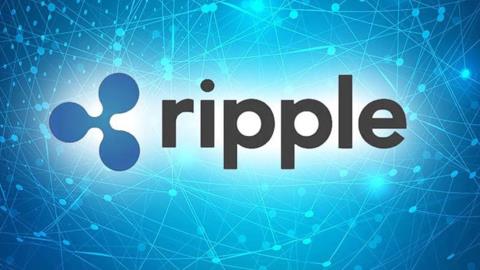Unlocking DeFi Potential: How Ethereum 2.0 Revolutionizes Decentralized Finance
As Ethereum continues its evolution into Ethereum 2.0, the transition to a proof-of-stake (PoS) consensus mechanism has sparked discussions about decentralization within the blockchain ecosystem. While the shift promises enhanced scalability and efficiency, it also raises concerns regarding the potential for over-centralization, as highlighted by James Wo, Founder & CEO of DFG.
The SEC’s Impact on Ethereum’s Journey
In June, the SEC made a significant decision to drop charges against Ethereum, marking a pivotal moment in the platform’s development and acceptance within the financial sector. This legal outcome allows for greater dialogue around Ethereum’s decentralization amid its evolving regulatory landscape.
Understanding the SEC’s Concerns
Previously, the SEC had suggested that ether (ETH) was being sold as an unregistered security due to regulatory concerns. However, advocates of Ethereum argued that the decentralized nature of the network distinguishes it from traditional investment contracts.
Decentralization and Ethereum 2.0
As Ethereum embraces its vision for Ethereum 2.0, the focus remains on enhancing decentralization. This is crucial as the network strives to achieve the ideals of a more robust, accessible, and practical blockchain.
Validator Centralization Risks
With the transition to a PoS mechanism in September 2022, Ethereum allows validators to stake ETH, which could lead to the concentration of power among a select few. Here are some key considerations:
- Staking Requirements: Validators need to stake a minimum of 32 ETH, which may favor those with larger holdings.
- Influence on Governance: Those with substantial stakes can disproportionately affect decision-making processes.
- Concerns from Industry Leaders: Vitalik Buterin has raised alarms about the prevalence of “lazy stakers” participating in staking pools rather than engaging in solo staking.
Challenges Ahead for Decentralized Finance (DeFi)
Ethereum’s movement towards centralization poses challenges for its future in DeFi. Maintaining a balance between technological advancements and decentralization is essential for the network’s resilience.
Innovative Solutions to Combat Centralization
Several strategies can help Ethereum mitigate centralization risks:
- Rainbow Staking: This concept allows users to stake ETH across multiple pools simultaneously, enhancing rewards while reducing competitive risks.
- Liquid Staking Protocols: Protocols like Lido and Rocket can provide diverse staking options, promoting healthier competition.
- Sharding and Danksharding: These technologies aim to improve transaction efficiency and scalability, allowing Ethereum to handle more transactions per second.
Looking Towards the Future
As Ethereum navigates the complexities of regulatory requirements and decentralization, its future as a transformative force in DeFi remains promising. The platform’s advancements in both regulatory and decentralization efforts set the stage for continued innovation.
Final Thoughts
While challenges lie ahead, Ethereum 2.0’s achievements are a testament to its potential. By prioritizing decentralization and adapting to evolving legal frameworks, Ethereum is poised to maintain its status as a leading innovator in the blockchain space. The journey to solidify its legacy is just beginning.
For further insights on Ethereum’s evolution, visit CoinDesk.
Source: CoinDesk







